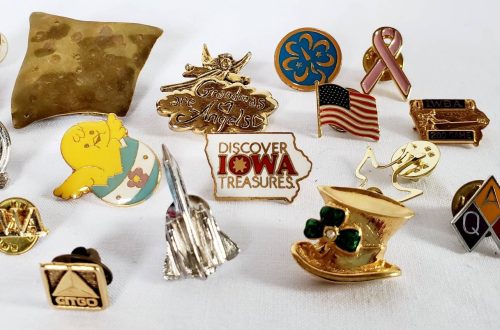In today’s digital age, artists and creators have a plethora of opportunities to share their work with a global audience. The internet has opened up new avenues for artists to connect with buyers and establish thriving online businesses. Whether you’re a painter, a sculptor, a photographer, or any other type of creative, selling your creations online can be a rewarding venture. In this blog, we’ll explore the world of online Blog sales and provide valuable insights to help you get started or enhance your existing online presence.
- Building an Online Presence
Creating an online presence is the first crucial step in selling your art on the internet. Here are some key components to consider:
1.1. A Stunning Portfolio Website: Invest in a professional website that showcases your artwork. Ensure it’s easy to navigate and visually appealing. Use high-quality images and provide detailed descriptions for each piece.
1.2. Social Media: Utilize platforms like Instagram, Facebook, and Pinterest to share your work with a broader audience. Regularly post photos of your art, share your creative process, and engage with your followers.
1.3. Online Marketplaces: Consider joining online art marketplaces like Etsy, Saatchi Art, or Redbubble. These platforms provide exposure to a vast community of art enthusiasts.
- Pricing Your Art
Determining the right pricing strategy for your art is essential. It’s a delicate balance between valuing your work appropriately and attracting potential buyers. Some factors to consider when pricing your art include:
2.1. The Cost of Materials: Calculate the expenses incurred in creating each piece, including canvases, paints, brushes, or any other materials.
2.2. Time and Skill: Consider the hours you’ve invested in perfecting your craft and creating the artwork.
2.3. Market Research: Research similar artists and their pricing to understand the current market trends.
2.4. Emotional Value: Sometimes, the sentimental value of a piece can influence its price. If it’s a personal masterpiece, factor in the attachment you have to it.
- Photographing and Describing Your Art
The way you present your art online can significantly impact sales. High-quality images and compelling descriptions are key:
3.1. Photography: Invest in good photography equipment or hire a professional photographer. Proper lighting and angles can make a significant difference in how your art is perceived.
3.2. Descriptions: Craft engaging and informative descriptions for each piece. Explain your inspiration, the techniques used, and any unique details. A well-written story can help connect with potential buyers.
- Marketing and Promotion
To succeed in selling your art online, you need an effective marketing strategy:
4.1. Email Marketing: Build an email list to stay in touch with your audience. Send out newsletters, promotions, and updates on new creations.
4.2. Social Media: Use social media platforms to promote your work regularly. Engage with your followers, collaborate with other artists, and participate in art-related communities.
4.3. SEO: Optimize your website and listings for search engines to increase your visibility in online searches.
4.4. Paid Advertising: Consider investing in online ads to reach a broader audience. Platforms like Facebook and Instagram offer targeted advertising options.
- Handling Sales and Shipping
Once you make a sale, it’s crucial to have a smooth process for handling orders and shipping:
5.1. Secure Payment Methods: Set up secure payment gateways to process transactions.
5.2. Packaging: Invest in quality packaging materials to ensure that your art arrives safely to its destination.
5.3. Shipping Options: Offer various shipping options to accommodate your customers’ preferences.
5.4. Customer Service: Provide excellent customer service, respond to inquiries promptly, and address any issues professionally.
Conclusion
Selling your creations online can be a rewarding journey for artists and creators. With a well-planned online presence, an understanding of pricing, high-quality presentation, and effective marketing strategies, you can build a successful online art business. Remember, the online art market is vast and continuously evolving, so staying adaptable and keeping up with industry trends will be key to your long-term success. Whether you’re just starting or looking to expand your art business, the internet is a vast canvas waiting for your creativity to shine.





